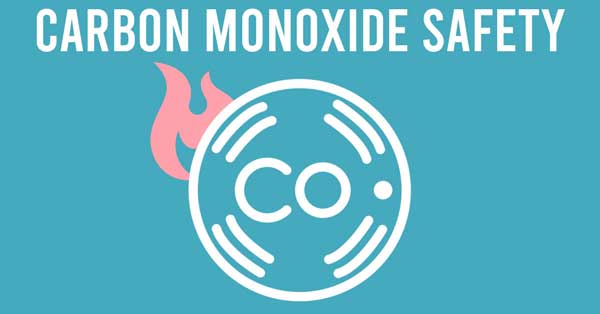The cold Minnesota winters lead to an increased need to heat our homes. Unfortunately, this also poses a risk that improperly ventilated heating devices can cause dangerous poisonous gases like carbon monoxide (CO) to seep into our homes.
The good news, as you probably already know, is that your home is likely equipped with CO detectors that are designed to work similar to a fire alarm, beeping to alert you that CO gas is in your home. Despite the presence of CO detectors in most homes, the U.S. Fire Administration reports “more than 150 people in the United States die every year from accidental nonfire-related CO poisoning associated with consumer products.”
Test your CO detector
To keep yourself and your family safe from CO gas test your CO detectors on a regular basis. The U.S. Fire Administration recommends checking the functionality of these devices each month. While some CO detectors use batteries, others plug directly into your power outlet thus eliminating the need to replace batteries.
However, these should still be tested as they have a “lifespan” of how long they will continue working after they are manufactured. Each brand of CO detector has a different way of alerting you the device is at the end of its life, often through a series of sporadic beeps. Devices that have reached the end of their life will need to be replaced.
Know the symptoms
Know the signs of CO poisoning, some of which can be confused with flu symptoms.
Common symptoms from the National Safety Council:
Low to moderate carbon monoxide poisoning is characterized by:
- Headache
- Fatigue
- Shortness of breath
- Nausea
- Dizziness
High-level carbon monoxide poisoning results in:
- Mental confusion
- Vomiting
- Loss of muscular coordination
- Loss of consciousness
- Death
What should you do if the CO detector does go off or you believe you are experiencing symptoms?
If your alarm is going off, do not ignore it. Go outside to fresh air and do not look for the source of the leak. After going outside ensure everyone is accounted for and call emergency services. Do not go back inside until the emergency responders have said you can do so.
Just as with fire emergencies, your household should have a plan in place to leave your home in the case of a CO emergency. In most cases, your exit strategy could be the same as for a fire emergency.


